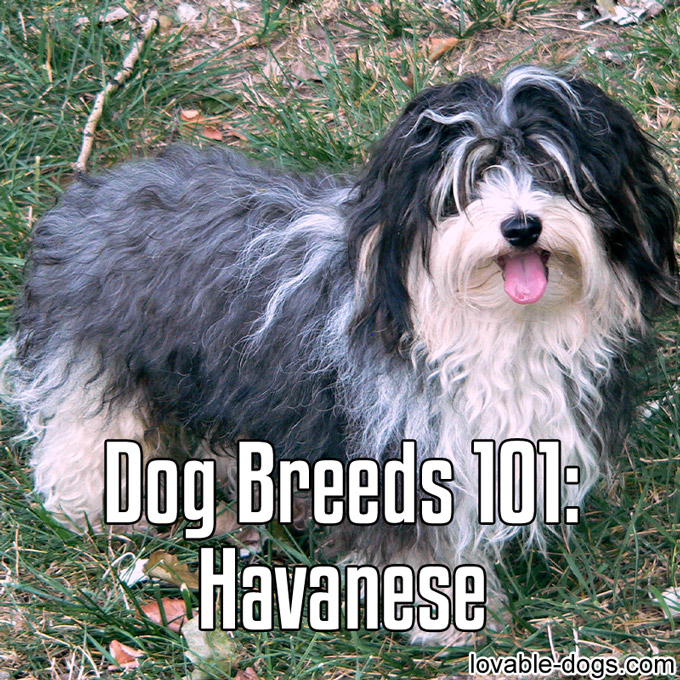
Photo – Wikipedia (PD)
The small and sturdy Havanese is a toy dog known for its playful nature. These affectionate dogs tend to get extremely attached to their humans and does not do well in a household where it is left alone for long periods. Sometimes, this attachment becomes troublesome because they tend to follow their owners everywhere, even to the bathroom. Because of this, they are called “velcro dogs” by some. They have a springy gait that is due to their lively personality. Their intelligence makes them easy to train but it is advised to do it an early age. The Havanese is a great family companion and it absolutely loves to be around people. [1] [2]
The Havanese is the national dog of Cuba and although it is a very old breed, it is relatively new to the American Kennel Club since it was only recognized in 1996. After Columbus claimed Cuba for Spain, Spaniards began to arrive on the island bringing with them their companion dogs which are said to be from the Bichon family. After years of interbreeding, the Havanese was developed without any outside influence. They were highly favored by the Cuban aristocracy in the 1800s but just like any other dog breed, their popularity waned over time. After the Cuban Revolution in 1959, 11 Havanese dogs were brought to the United States and became the ancestors of all the Havanese outside the country today. [1] [3]
These dogs have a longer life span of 14 to 16 years and not prone to serious health issues. Although they are small, they are far from being delicate. The breed’s average height is only 9 to 10 inches at the withers and can weigh anywhere between 10 to 16 pounds. The coat is soft, long and has a silky texture. It is slightly wavy and comes in all colors and patterns. Unlike double-coated breeds, the outer coat is soft and somewhat cool to touch. [2]

